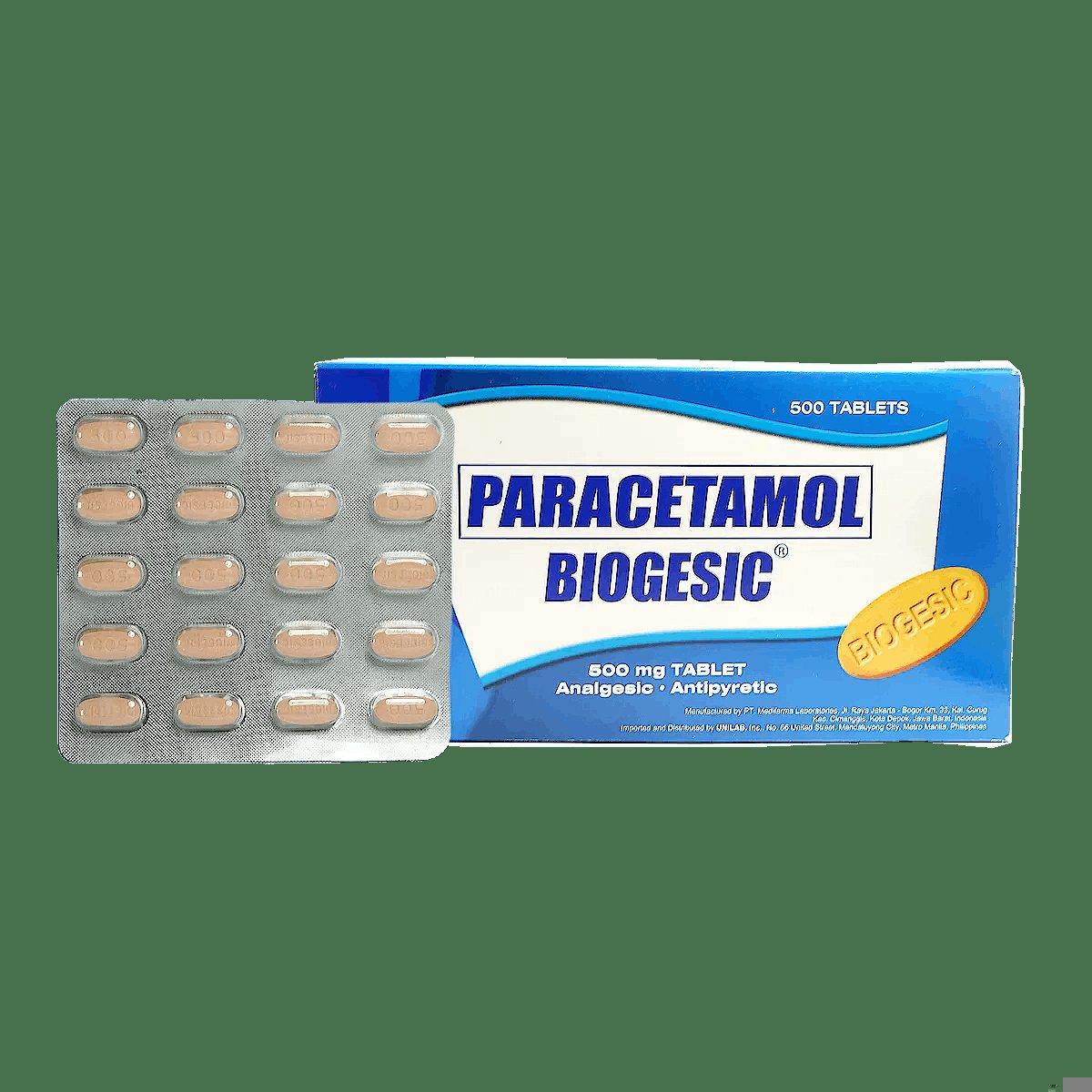Looking for a solution to that throbbing headache? Well, look no further! If you’re tired of popping painkillers without any relief, it’s time to discover the power of “gamot para sa sakit ng ulo.” This age-old remedy has been passed down through generations and has proven to be an effective treatment for headaches. In this article, we will delve into the fascinating world of natural remedies and explore how “gamot para sa sakit ng ulo” can provide the relief you’ve been searching for. So, sit back, relax, and let’s embark on a journey towards a headache-free life.
Gamot Para sa Sakit ng Ulo: Effective Remedies to Relieve Headaches
Do you often suffer from headaches? Whether it’s a dull ache or a pounding sensation, headaches can be debilitating and affect your daily activities. Finding the right remedy to relieve your headache is crucial, and in this article, we will explore various effective gamot para sa sakit ng ulo or remedies for headaches. From natural options to over-the-counter medications, we will cover everything you need to know to find relief.
Understanding Headaches
Before we dive into the different gamot para sa sakit ng ulo, let’s first understand the different types of headaches you may experience:
1. Tension Headache: This is the most common type of headache experienced by people. It usually presents as a dull, constant ache on both sides of your head and may cause mild to moderate pain.
2. Migraine: Migraines are more severe and often accompanied by other symptoms such as nausea, sensitivity to light and sound, and even visual disturbances. They can last for hours or even days.
3. Cluster Headache: Cluster headaches are rare but intense. They cause severe pain on one side of the head and are usually accompanied by a stuffy or runny nose, watery eyes, and facial sweating.
4. Sinus Headache: Sinus headaches are caused by sinusitis, an infection or inflammation of the sinuses. The pain is often felt around the eyes, forehead, and cheeks.
Understanding the type of headache you have will help you determine the most appropriate gamot para sa sakit ng ulo to alleviate your discomfort.
Natural Remedies for Headaches
If you prefer a more natural approach to treating your headaches, several remedies can provide relief:
1. Stay Hydrated: Dehydration can often trigger headaches, so make sure to drink enough water throughout the day.
2. Apply a Cold or Hot Compress: Placing a cold or hot compress on the affected area can help reduce headache pain. Experiment to see if cold or heat works better for you.
3. Practice Relaxation Techniques: Stress and tension can contribute to headaches. Try deep breathing exercises, yoga, or meditation to relax your body and mind.
4. Get Adequate Sleep: Lack of sleep can be a major trigger for headaches. Make sure you’re getting enough quality sleep each night.
5. Massage: Massaging your temples, neck, and shoulders can help relieve tension headaches. Apply gentle pressure using circular motions with your fingertips.
Over-the-Counter Medications
Sometimes natural remedies may not provide sufficient relief, and that’s when over-the-counter medications can come to your aid. Here are some common gamot para sa sakit ng ulo available at pharmacies:
1. Acetaminophen (Tylenol): This pain reliever is effective for mild to moderate headaches and is generally safe for most people.
2. Nonsteroidal Anti-Inflammatory Drugs (NSAIDs): Medications such as ibuprofen (Advil, Motrin) and naproxen sodium (Aleve) can help alleviate headache pain caused by inflammation.
3. Combination Medications: Some over-the-counter medications combine pain relievers with caffeine, as caffeine can enhance the effects of pain medication and help relieve headaches.
4. Topical Analgesics: These are creams or ointments applied directly to the skin, providing a cooling or warming sensation that can help ease headache symptoms.
It’s essential to follow the instructions on the packaging and consult a healthcare professional if you have any underlying health conditions or are taking other medications.
Prescription Medications
For individuals who experience chronic or severe headaches, prescription medications may be necessary. These gamot para sa sakit ng ulo can provide more targeted relief. Here are a few examples:
1. Triptans: These drugs are used specifically for migraines and work by constricting blood vessels and blocking pain pathways in the brain. They are available as tablets, nasal sprays, or injections.
2. Ergotamines: Similar to triptans, ergotamines are effective in treating migraines. They also constrict blood vessels and can be used in combination with caffeine.
3. Beta Blockers: These medications are commonly used to treat high blood pressure but have also been found to reduce the frequency and severity of migraines.
4. Antidepressants: Certain antidepressants can also be prescribed for chronic headaches, as they can help regulate the chemicals in the brain that contribute to pain.
It’s crucial to consult a healthcare professional to discuss your symptoms and determine the most suitable prescription medication for your specific condition.
Lifestyle Modifications
In addition to medications, making certain lifestyle modifications can significantly reduce the frequency and intensity of headaches. Consider incorporating these changes into your routine:
1. Maintain a Regular Sleep Schedule: Establish a consistent sleep routine, ensuring you get enough sleep each night.
2. Manage Stress: Find healthy ways to manage stress, such as regular exercise, engaging in hobbies, or talking to a therapist.
3. Avoid Trigger Foods: Certain foods and beverages, such as chocolate, caffeine, and alcohol, can trigger headaches. Identify your triggers and limit their consumption.
4. Exercise Regularly: Engaging in moderate exercise several times a week can help reduce the frequency and intensity of headaches.
5. Practice Good Posture: Poor posture can contribute to tension headaches. Be mindful of your posture, especially when sitting for extended periods.
When to Seek Medical Attention
While most headaches can be managed with home remedies or over-the-counter medications, there are instances where medical attention is necessary. Seek medical help if:
– Your headaches are severe and sudden, especially if they are accompanied by a stiff neck, fever, or confusion.
– Your headaches worsen despite taking over-the-counter medications or other remedies.
– Headaches are interfering with your daily life and becoming more frequent or persistent.
– You experience headaches after a head injury.
It’s important to consider these warning signs and consult a healthcare professional for a proper diagnosis and treatment plan.
In conclusion, finding the right gamot para sa sakit ng ulo is crucial to alleviate the discomfort caused by headaches. From natural remedies to over-the-counter and prescription medications, there are various options available. Take note of the different types of headaches, identify your triggers, and consider lifestyle modifications to prevent future occurrences. Remember to consult a healthcare professional for personalized advice and guidance. With the right approach, you can find relief and regain control over your day-to-day activities.
Effective ways to relieve headache | Pinoy MD
Frequently Asked Questions
What is the best medication for headache relief?
The best medication for headache relief depends on the underlying cause of the headache. Common over-the-counter options include acetaminophen (Tylenol), ibuprofen (Advil, Motrin), and aspirin. However, it is important to consult with a healthcare professional to determine the most suitable medication for your specific condition.
Are there natural remedies for headaches?
Yes, there are natural remedies that can help alleviate headaches. Some popular options include applying a cold or hot compress to the affected area, practicing relaxation techniques such as deep breathing or meditation, staying hydrated, getting enough rest, using essential oils like peppermint or lavender, and applying pressure to specific acupressure points.
Can I take over-the-counter painkillers for frequent headaches?
While over-the-counter painkillers can provide temporary relief for frequent headaches, it is important to identify and address the root cause of the headaches. If you experience recurrent headaches, it is recommended to consult with a healthcare professional for a proper diagnosis and appropriate treatment plan.
Is it safe to take headache medications during pregnancy or breastfeeding?
Certain headache medications may not be safe to take during pregnancy or while breastfeeding. It is crucial to consult with a healthcare professional before taking any medication during these stages to ensure the safety of both the mother and the baby. They can provide suitable alternatives or recommend non-medication approaches.
How can I prevent headaches?
Headaches can often be prevented by adopting certain lifestyle habits. These include getting enough sleep, managing stress levels, staying hydrated, maintaining a regular exercise routine, avoiding triggers such as certain foods or strong odors, maintaining good posture, and taking regular breaks from activities that strain the eyes (such as working on a computer). It is recommended to identify and address any underlying health conditions that may contribute to frequent headaches.
Final Thoughts
In conclusion, when it comes to finding relief from headaches, there are several effective remedies available. Over-the-counter pain medications such as ibuprofen or paracetamol can provide quick relief. For more severe or chronic headaches, it is important to consult a healthcare professional, who may prescribe stronger medications if necessary. Additionally, lifestyle changes like managing stress, getting regular exercise, and maintaining a healthy diet can also help prevent headaches. Remember, finding the right treatment for your specific needs is key to managing and alleviating the pain associated with headaches, or as we commonly refer to it in Filipino, “gamot para sa sakit ng ulo.”


